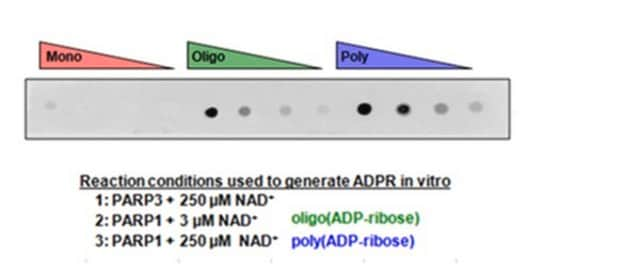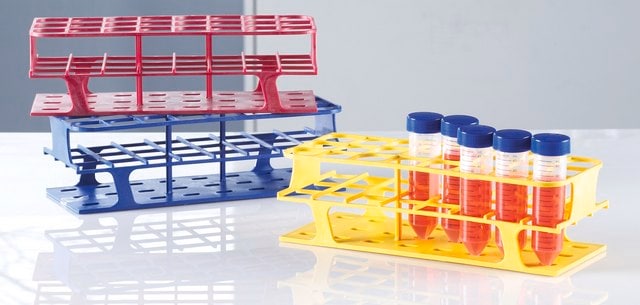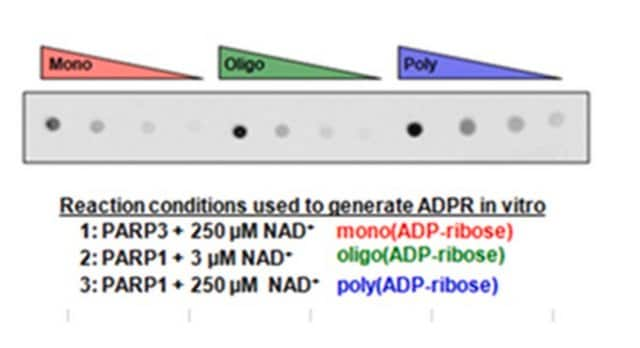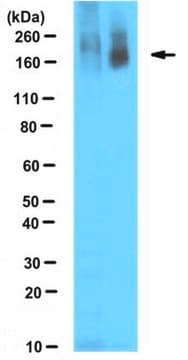MABE1076
Anti-mono- ADP-ribose binding reagent
from Escherichia coli
Sinônimo(s):
Binding Reagent
About This Item
Produtos recomendados
fonte biológica
Escherichia coli
Nível de qualidade
forma do anticorpo
affinity isolated antibody
tipo de produto de anticorpo
primary antibodies
clone
monoclonal
reatividade de espécies
human, mouse
embalagem
antibody small pack of 25 μg
técnica(s)
dot blot: suitable
western blot: suitable
Condições de expedição
dry ice
modificação pós-traducional do alvo
unmodified
Descrição geral
Especificidade
Aplicação
Epigenetics & Nuclear Function
Dot Blot Analysis: A representative lot detected mono-,-ADP-ribose modified proteins.
Dot Blot Analysis: A representative lot detected mono-ADP ribosylated proteins. (Courtesy of Lee Kraus, University of Texas Southwestern Medical Center).
Western Blotting Analysis: A representative lot detected mono-ADP-ribose modified protein by Wester blotting (Courtesy of Lee Kraus, University of Texas Southwestern Medical Center).
Qualidade
Gel Electrophoresis Analysis: 0.5 µg of this binding reagent was analyzed on GEL Electrophoresis to test for purity.
Descrição-alvo
forma física
Armazenamento e estabilidade
Outras notas
Exoneração de responsabilidade
Not finding the right product?
Try our Ferramenta de seleção de produtos.
Código de classe de armazenamento
12 - Non Combustible Liquids
Classe de risco de água (WGK)
WGK 2
Ponto de fulgor (°F)
Not applicable
Ponto de fulgor (°C)
Not applicable
Certificados de análise (COA)
Busque Certificados de análise (COA) digitando o Número do Lote do produto. Os números de lote e remessa podem ser encontrados no rótulo de um produto após a palavra “Lot” ou “Batch”.
Já possui este produto?
Encontre a documentação dos produtos que você adquiriu recentemente na biblioteca de documentos.
Nossa equipe de cientistas tem experiência em todas as áreas de pesquisa, incluindo Life Sciences, ciência de materiais, síntese química, cromatografia, química analítica e muitas outras.
Entre em contato com a assistência técnica







